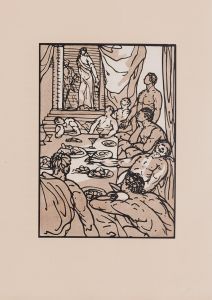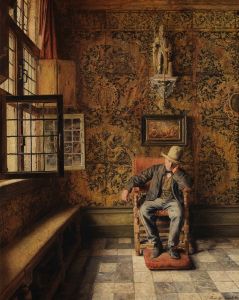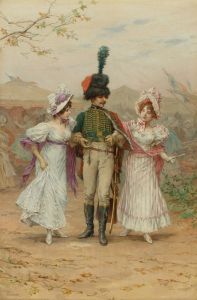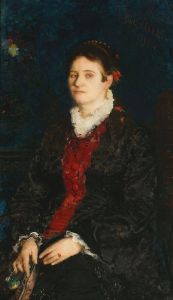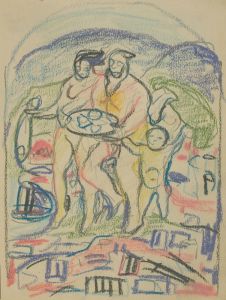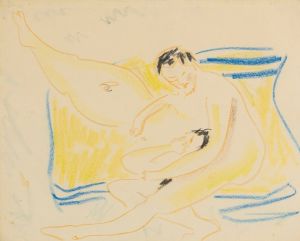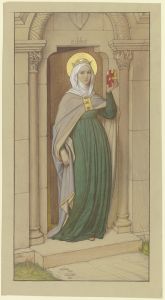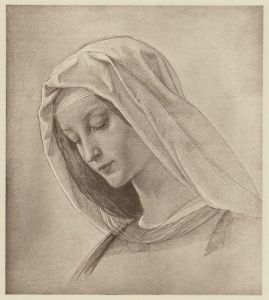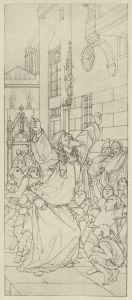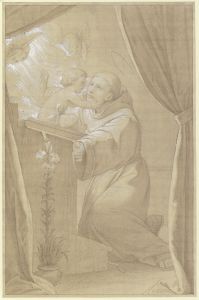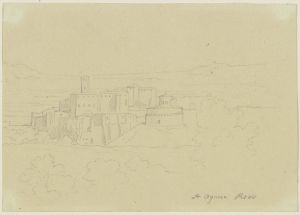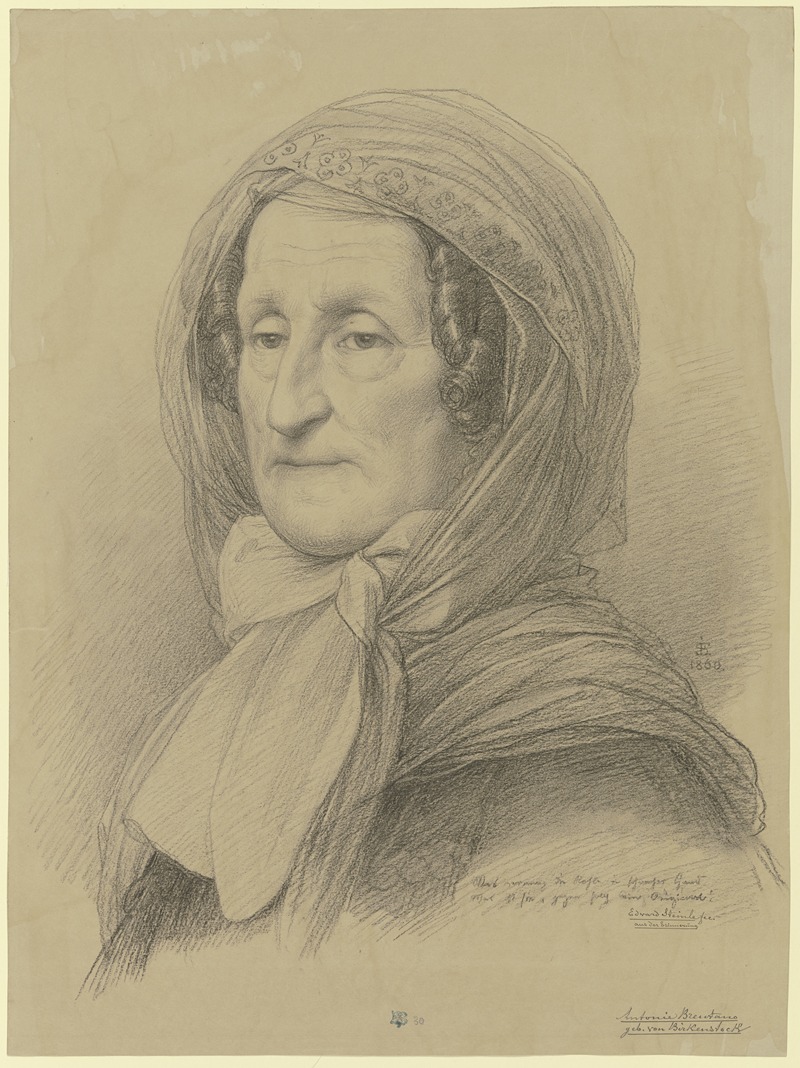
Bildnis der Antonie Brentano-Birckenstock, 1860
A hand-painted replica of Eduard von Steinle’s masterpiece Bildnis der Antonie Brentano-Birckenstock, 1860, meticulously crafted by professional artists to capture the true essence of the original. Each piece is created with museum-quality canvas and rare mineral pigments, carefully painted by experienced artists with delicate brushstrokes and rich, layered colors to perfectly recreate the texture of the original artwork. Unlike machine-printed reproductions, this hand-painted version brings the painting to life, infused with the artist’s emotions and skill in every stroke. Whether for personal collection or home decoration, it instantly elevates the artistic atmosphere of any space.
Eduard von Steinle's painting "Bildnis der Antonie Brentano-Birckenstock, 1860" is a notable work that captures the likeness of Antonie Brentano, a significant figure in 19th-century European cultural circles. Eduard von Steinle, a German-Austrian painter, was renowned for his contributions to the Nazarene movement, which sought to revive honesty and spirituality in Christian art. His works often reflect a deep commitment to religious and historical themes, characterized by meticulous detail and a serene, contemplative quality.
Antonie Brentano, the subject of this portrait, was born Antonie Birckenstock in 1780. She became a prominent socialite and patron of the arts, particularly known for her connections with influential figures of her time. Antonie married Franz Brentano, a successful merchant, and together they became central figures in the cultural life of Vienna. The Brentano family was known for hosting salons that attracted artists, musicians, and intellectuals, fostering a vibrant exchange of ideas and creativity.
The painting itself, completed in 1860, is a testament to Steinle's skill in portraiture. It captures Antonie Brentano in a dignified pose, reflecting both her social status and her personal grace. Steinle's use of color and light imbues the portrait with a sense of warmth and vitality, while the attention to detail in the depiction of her attire and expression reveals his dedication to realism and character study.
Steinle's choice to paint Antonie Brentano may have been influenced by her reputed connection to Ludwig van Beethoven. Some historical accounts suggest that Antonie Brentano might have been the mysterious "Immortal Beloved" to whom Beethoven wrote passionate letters, although this theory remains speculative and is not universally accepted by scholars. Regardless of this connection, Antonie Brentano's role as a muse and supporter of the arts is well-documented, and her portrayal by Steinle serves as a visual homage to her influence.
The painting is also reflective of the broader cultural and artistic movements of the time. The mid-19th century was a period of great change and innovation in Europe, with the rise of Romanticism and a renewed interest in personal expression and emotion in art. Steinle, through his association with the Nazarene movement, was part of a larger effort to return to the spiritual and moral values of earlier artistic traditions, which is evident in the serene and introspective quality of this portrait.
Today, "Bildnis der Antonie Brentano-Birckenstock, 1860" is appreciated not only for its artistic merit but also for its historical significance. It offers a glimpse into the life of a woman who played a pivotal role in the cultural landscape of her time, as well as the artistic milieu in which Steinle operated. The painting remains an important piece within the context of 19th-century European art, illustrating the intersection of personal biography and broader cultural currents.
In summary, Eduard von Steinle's portrait of Antonie Brentano is a work that encapsulates the artistic and cultural dynamics of its era. Through his skilled depiction, Steinle honors a woman whose life and legacy continue to intrigue historians and art enthusiasts alike.





